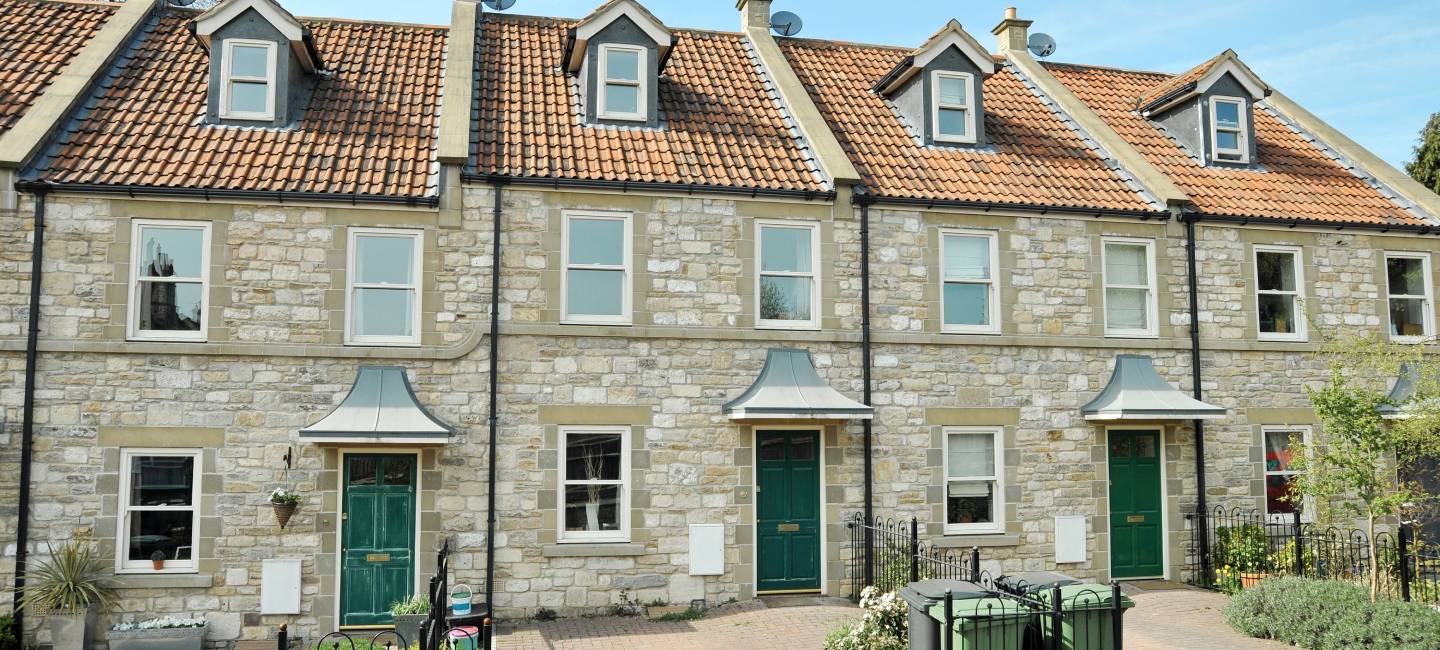
Whether your mortgage is a major monthly expense or a smaller one, keeping an eye on the cost is always worthwhile. With mortgage interest rates falling in 2025, it could be time to grab a cheaper deal.
The Bank of England base interest rate is now at 4.25%, having been cut from 4.5% on 8 May. This is the lowest rate since May 2023. Mortgage rates have started to follow suit. Below, we’ll explain what's expected to happen later this year.
What’s on this page?
It’s set to be a busy year in the mortgage market. As well as people looking to save money on their monthly outgoings, 1.8 million fixed rate mortgages are due to expire in 2025, according to UK Finance – up from 1.4 million in 2024. And plenty of those seeking new deals will be in their 50s or above.
While it used to be the norm to clear the mortgage in your fifties, that has changed. Nicholas Mendes, mortgage technical manager at John Charcol, says more people are carrying mortgage debt into their 50s, 60s and beyond.
“Some estimates suggest there could be more than 2.5 million people in the UK borrowing after age 50.” The good news for anyone seeking a new mortgage deal is that borrowing is getting cheaper in 2025. Richard Dana, chief executive of specialist mortgage broker Tembo Money – which partners with Saga to provide a mortgage advice service – says mortgage rates have been coming down in recent months and are expected to continue falling in 2025.
“We started the year with the lowest rates around 5% and, by May, the best rates had fallen to 4% or even below. We’ve seen a lot of demand from mortgage customers this year.”
In terms of average rates, in late June the market average was 5.12% for two-year fixes and 5.09% for five-year fixes, according to comparison website Moneyfacts. These are down from 5.91% and 5.18% in May 2024. But the base rate cut in May 2025 only led to a very small fall in average rates between May and June.
This downward trend is positive for all borrowers. But the deal you’ll be able to secure also depends on factors such as:
Dana says: “Several lenders have introduced fixed rate deals below 4% for borrowers with strong credit profiles and significant equity. Fit their criteria and, as of mid-May 2025, you could remortgage to a fixed rate from 3.84% with HSBC for either a two-year or a five-year term,” he adds.
Working out when to switch to a new deal is far from easy. Although the trend is downwards this year, it’s not necessarily a smooth trajectory.
Understanding what influences mortgage rates can make it easier to know what to do. Standard variable and tracker mortgages follow moves in the Bank of England base rate. Tracker mortgages directly follow the base rate (the BoE rate or the lending bank’s own base rate, which is influenced by the BoE rate) – often subject to a ‘collar’ which is a minimum level that they won’t fall below.
A standard variable mortgage is heavily influenced by the BoE rate but will also factor other things, such as changes in any costs the lender is incurring.
Rates are more complex when it comes to fixed-rate mortgages. Rather than represent the cost of borrowing today, the rate on a fixed-rate deal reflects the average interest rate expected for the length of the term. Richard Gardner, chief economist at building society Nationwide, says it’s all about how financial markets see the outlook for the base rate over these longer terms.
“A five-year fixed rate is underpinned by what they think the base rate will average over the five years. A base rate cut will only have a minor effect on fixed rate deals as it will already be factored into the pricing.”
The other key factor influencing mortgage rates is good old-fashioned competition. And here, there’s more good news. “It’s a borrowers’ market,” says Dana. “There’s a price war going on with the major lenders desperate to write mortgage business. It’s very positive for anyone looking to remortgage.”
However, economic events – especially where they come out of the blue – can really shift the dial on fixed rates. Examples include the recent introduction of tariffs by US President Donald Trump and, closer to home, former prime minister Liz Truss’s mini-budget in September 2022.
Other factors that have an effect on interest rates include inflation, global conflict and swap markets (which are are private financial agreements between companies that relate to with interest payments - they make up the majority of the derivatives market).
.jpg?sc=max&mw=800&h=450&la=en&h=751&w=1330&hash=44961736931E59A7E06D22895283C246)
It’s not a given that locking in for longer will get you a better rate, since these deals are based on a (partially) different time period. Gardner explains: “The markets are predicting the base rate will be lower for the next 18 months then go up again. This can mean five-year fixed rates are higher than two-year fixes.”
If you have enough cash to pay off your mortgage, you may be wondering whether it’s best to clear your mortgage or save or invest for the future. Read more on whether you should pay off your mortgage before retirement.
Although fixed rate deals are based on expectations for the next few years, the experts predict some further downward pressure on all types of mortgage rates. “We’re expecting two more Bank of England base rate cuts in 2025, which will feed through onto tracker mortgages and standard variable rates,” says Dana.
“There’s still a lot of volatility in the market so we could see fixes drop a little lower too.” Mendes agrees. “By late 2025, I expect leading two-year fixes to be around 3.5% with five-year fixes at around 3.6%, especially for borrowers with a deposit of 40% or more,” he adds. “Any reductions to deals will be incremental rather than substantial.”
Lower mortgage rates will come as a relief for many borrowers, reducing monthly payments and giving them the opportunity to clear more of the outstanding loan. However, although the cost of borrowing is coming down, not everyone will enjoy lower mortgage payments.
“Anyone who took out a two-year fix [in 2023] can look forward to a lower rate,” says David Hollingworth, associate director at L&C Mortgages. “But those who fixed five years ago, when the base rate was an ultra-low 0.1%, will see their payments increase.”
Whether your mortgage payments are set to rise or fall, if you’re looking to remortgage, the key to nabbing the best deal is to start early. “Give yourself at least six months to find a new deal,” says Dana. “Your lender will offer you a product transfer, but explore what’s available if you switch providers.”
It’s also essential to look beyond the headline rate at the total cost of borrowing over the term of the fix. Mendes says that many of the attractive rates come with a substantial product fee. “Higher fees can make a lower rate product more expensive, especially on smaller loans,” he adds.
While it’s possible to spend ages trying to calculate what’s driving rates, Gardner says it’s better to stick with the knowns. “Look for a deal that suits your financial circumstances,” he says. “Trying to time the mortgage market is a fool’s errand.”
Bear in mind that standard variable rate mortgages are usually more expensive than other deals. You won’t have to pay early repayment fees – but then many fixed-rate mortgages allow you to overpay by a certain amount anyway.


Provided by Tembo
Find out all you want to know about mortgages with expert advice.


Are your children or grandchildren are struggling to get onto the property ladder? Let‘s look at the options you can explore.

Find out what might happen to interest rates and what else you should consider.

.jpg?la=en&h=354&w=616&hash=DF845FE6DE9798B89724CB777DB917B3)
